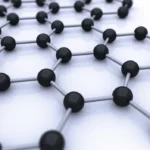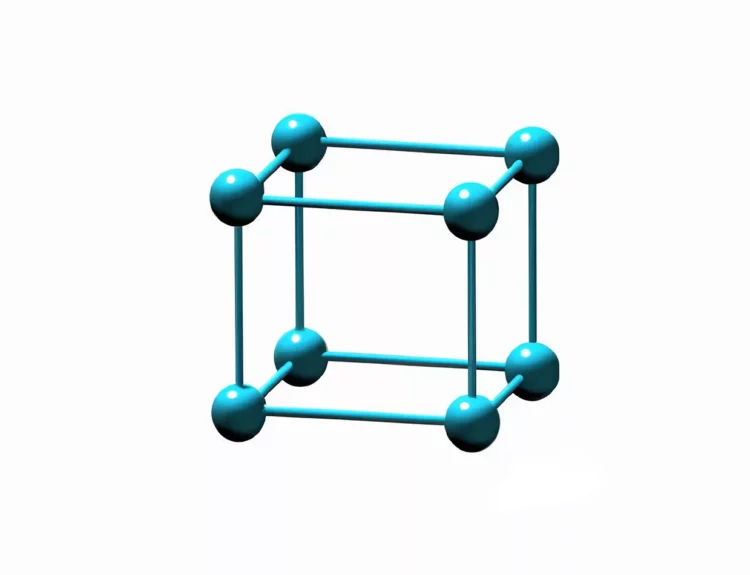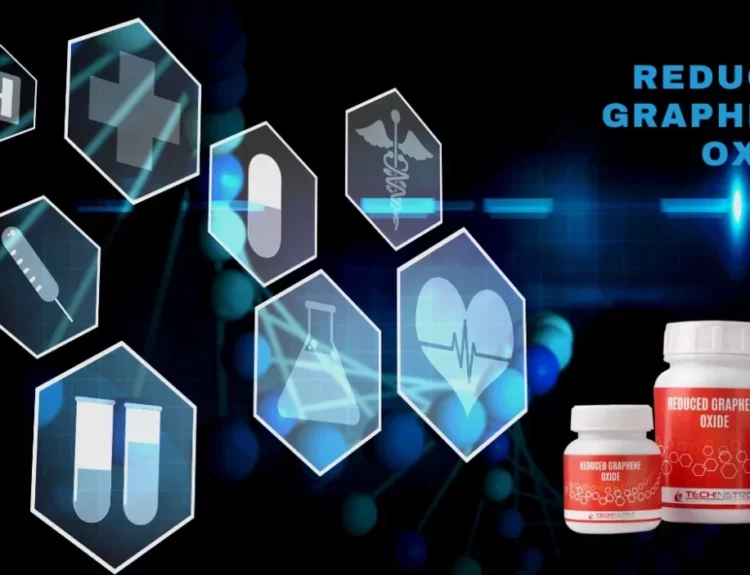Introduction to Single Walled Carbon Nanotubes (SWCNTs)
Single Walled Carbon Nanotubes (SWCNTs) are incredibly tiny, cylindrical structures of carbon atoms. They are called “single-walled” because they consist of a single layer of atoms of carbons in a hexagonal pattern, similar to a rolled-up sheet of graphene. Despite their small size, SWCNTs have remarkable properties, including high strength, electrical conductivity, and thermal stability.
Key Uses of SWCNTs in Laboratories
Due to their unique properties, SWCNTs have become essential in scientific research. Here are some of the key ways they are used in laboratories:
Material Science Research:
- Understanding Nanomaterials: SWCNTs are used as a model material to study the behavior of nanomaterials. Researchers investigate how their size, shape, and structure affect their properties, which helps design new materials with specific characteristics.
- Composite Materials: SWCNTs are often added to other materials to create stronger, lighter, and more conductive composites. These composites are used in various applications, from aerospace to sports equipment.
Electronics and Nanotechnology:
- Nanoelectronics: SWCNTs are used to develop nanoscale electronic devices. Their excellent electrical conductivity makes them ideal for creating tiny transistors, sensors, and other electronic components that are much smaller and more efficient than traditional materials.
- Flexible Electronics: SWCNTs are also used to develop flexible electronic devices like bendable screens and wearable electronics. Their flexibility and strength make them perfect for these applications.
Biological and Medical Research:
- Drug Delivery Systems: In medical research, SWCNTs are being explored as carriers for delivering drugs directly to particular cells, tissues in the body. Their micro size allows them to penetrate cell membranes, and their surface can be modified to attach to specific molecules, making drug delivery more precise and effective.
- Biosensors: SWCNTs are used to develop highly sensitive biosensors that detect minute amounts of biological molecules. These sensors are useful in diagnostics, environmental monitoring, and food safety testing.
Energy Storage and Conversion:
- Supercapacitors and Batteries: SWCNTs are used to develop energy storage devices, like supercapacitors and batteries. Their high surface area and excellent conductivity improve the performance of these devices, making them more efficient and durable.
- Solar Cells: In renewable energy, SWCNTs improve solar cell efficiency. By incorporating SWCNTs into the active layer of solar cells, researchers aim to increase the amount of sunlight converted into electricity.
Environmental Science:
- Water Purification: SWCNTs are being explored for their potential in water purification. Their high surface area and ability to adsorb pollutants make them effective at removing contaminants from water, which could lead to more efficient and sustainable water treatment methods.
- Air Quality Monitoring: SWCNT-based sensors monitor air quality by detecting harmful environmental gases and pollutants. These sensors are susceptible and can detect even trace amounts of contaminants, making them valuable tools for environmental protection.
Manufacturer and Sellers of Single-walled carbon Nanotubes (SWCNTs)
Challenges and Future Directions
While SWCNTs have many promising applications, there are challenges to overcome:
- Cost: The production of high-quality SWCNTs is still expensive, which limits their widespread use.
- Scalability: Producing SWCNTs in large quantities while maintaining their unique properties is another challenge.
- Safety Concerns: The impact of SWCNTs on health and the environment is still being studied, and ensuring their safe use is a priority.
Despite these challenges, research into SWCNTs continues to grow, and new methods are being developed to make them more affordable and accessible.
Conclusion
Single-walled carbon Nanotubes (SWCNTs) are versatile and powerful materials with a broad applications range in laboratory research. From electronics to medicine and environmental monitoring, SWCNTs are helping to drive innovation across multiple fields. As research continues, we can expect to see even more exciting developments in using SWCNTs in the future.







